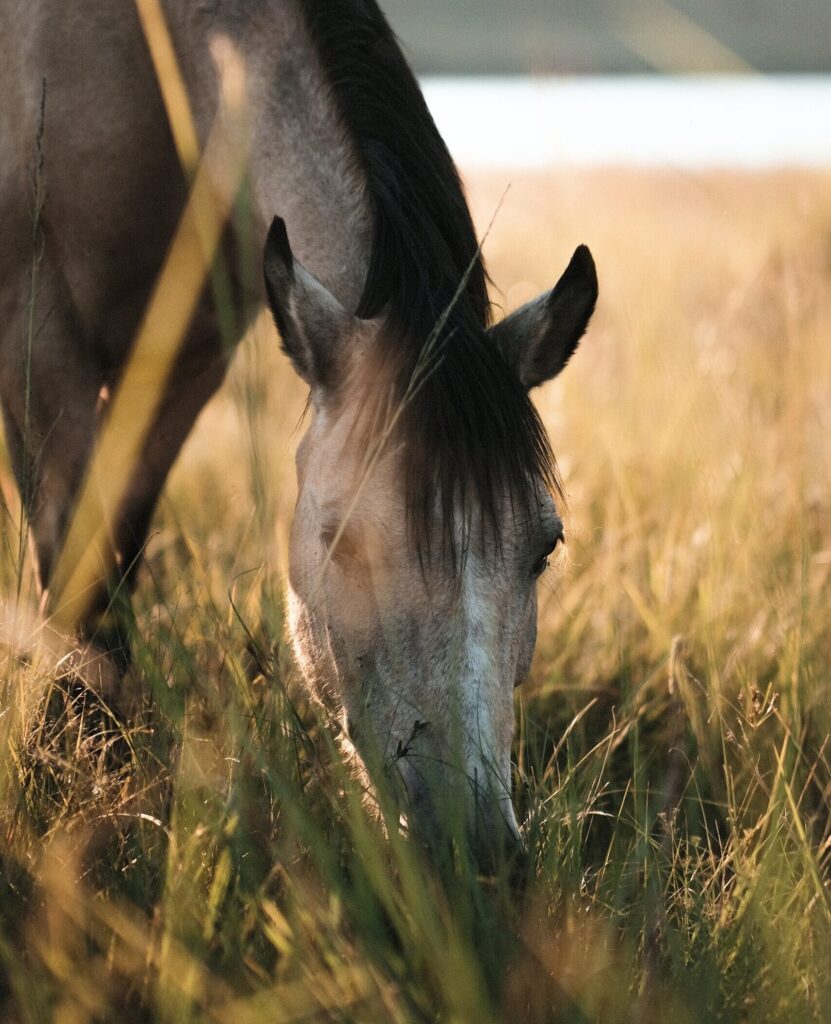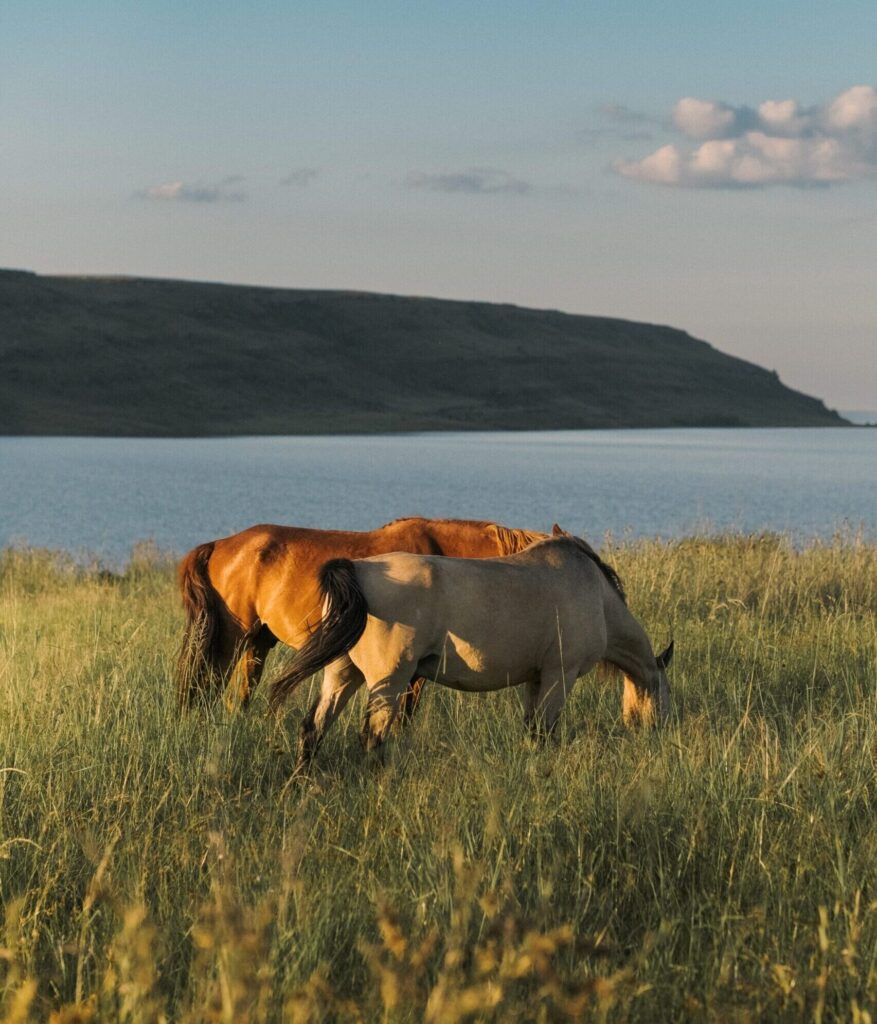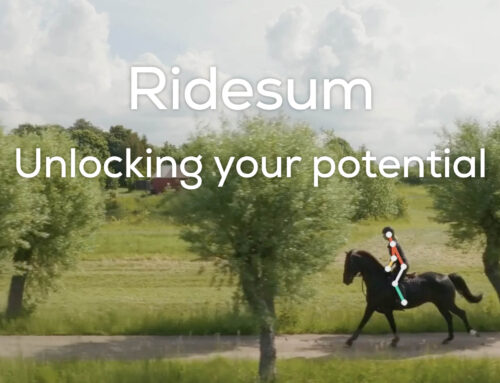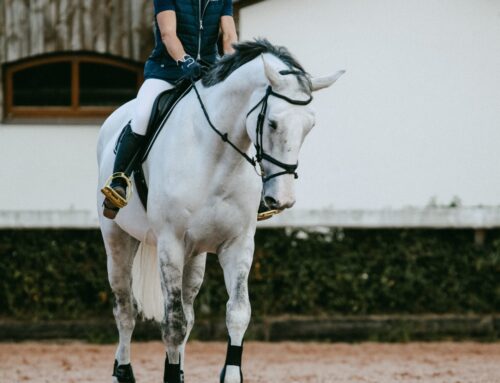Vet’s tips on summer grazing!
Pasture time at last! Are you planning to release your horse for summer grazing or is it already in a large and green pasture? Read veterinarian Amanda Björkegren’s (leg. vet, Kungsbacka horse clinic) answers to common feed-related questions about grazing!
Do’s & Don’ts before summer grazing?
Good preparations is essential when it comes to preventing pasture-related diseases. Gradually getting the horse get used to grass is well-known, but worth repeating as this gives time for the intestinal flora to adapt. A quick feed change to grass can worst case lead to e.g. laminitis or that the horse develop serious systemic disease that kills important gut bacterias and release toxins that are absorbed into the bloodstream. At the end of summer grazing, it is also good to gradually get the horses used back to their normal forage and feeding. There are no fixed recommendations regarding the time it takes to get the horse used to grass, but a suggestion might be to start with 10-15 min/day the first week and then gradually increase up to about 2 hours after 2 weeks. After that, the grazing time can be increased at a faster rate, so that the habituation can take 3-4 weeks before grazing is released. If the horse has previously been caught/knocked, you have to be even more careful – have a more skimpy summer pasture or avoid grazing altogether. Has your horse previously suffered laminitis? Talk to your vet about if appropriate for the horse to go on grass at all.

Should I adjust the hard feed during summer?
During the grazing period, it is worth thinking about the amount of concentrate the horse receives. In most cases, it is advisable to reduce the amount of concentrate, but this must of course be adapted to each individual depending on the overall health status and activity level. Vitamins and minerals should be given during summer grazing, as well as access to salt rock and clean water.
How do I prevent laminitis?
Laminitis is a complex disease that many horse owners fear, especially before summer grazing. In short, it is an inflammation of the lamellae down in the hoof, the tissue that acts as a suspension mechanism for the hoof bone in the hoof capsule. You can reduce the risk of catching before/during grazing by ensuring that your horse has normal hoofs, exercising regularly and being observant that the horse does not walk with too long toes. My experience is that it is easy for some horse owners to underestimate their horses’ fat and that more horses than you think are actually overweight.

How do I know if my horse is overweight?
Weight assessment is an important part of preventing seizures, overweight horses run a greater risk of e.g. suffer from insulin resistance (EMS), which in turn is a risk factor for laminitis. The horse’s body is most commonly assessed on a scale of 1-9, where 1 is extremly undernourished and 9 extremly overweight. The scale is assessed by looking and feeling specific areas of the horse’s body; An overweight horse accumulates fat i.a. at the mane, behind the shoulder blades, up at the crotch and around the root of the tail. As a rule, you should not be able to see the horse’s ribs, but they should be relatively easy to notice when you feel the horse. It is not uncommon for horse owners to become “home blind” to their own horse’s weight, so it can be good to get an objective assessment so that you can then better keep track of it yourself. Should your horse gain or lose weight, it is a good idea to measure the horse’s success objectively, either by weighing the horse regularly or by buying a weight tape to more easily follow the horse. The weight band in itself is not that specific, but can be a good indication to see if the measures taken for weight change have an effect or not.
When should I see a vet?
If your horse shows symptoms such as long curly fur which the horse has difficulty shedding, drinks/pees a lot, loss of muscle mass and weight despite a good appetite, fat accumulations at the withers/shoulders/root of the tail, catch – contact your vet to discuss about possible testing of PPID, EMS.







